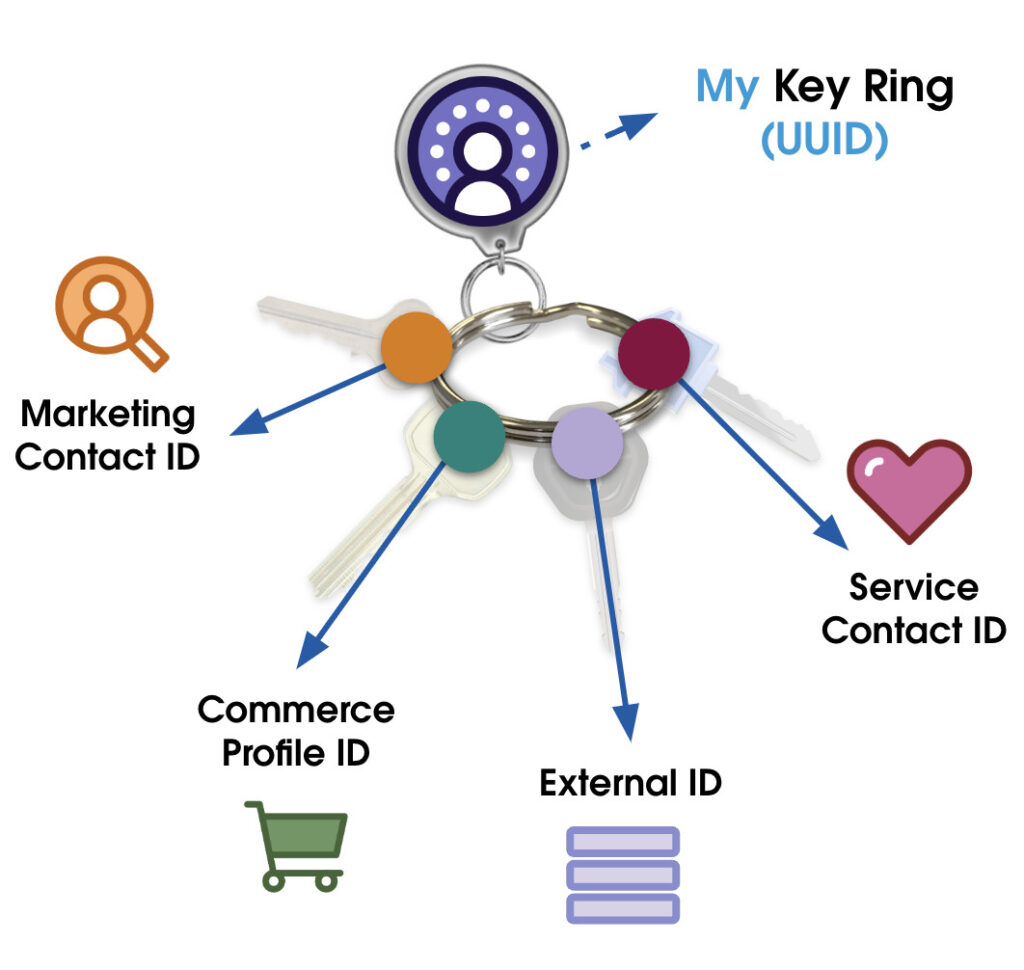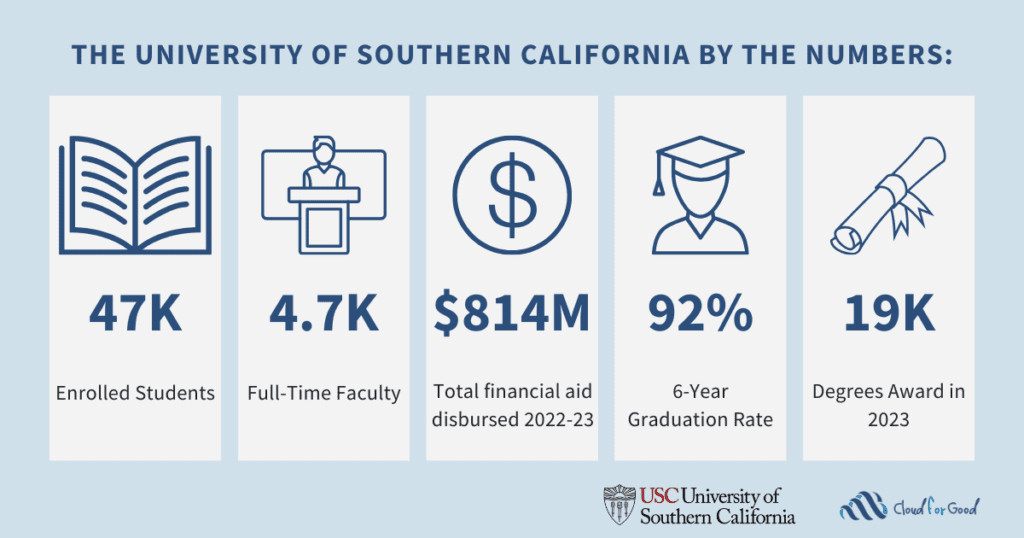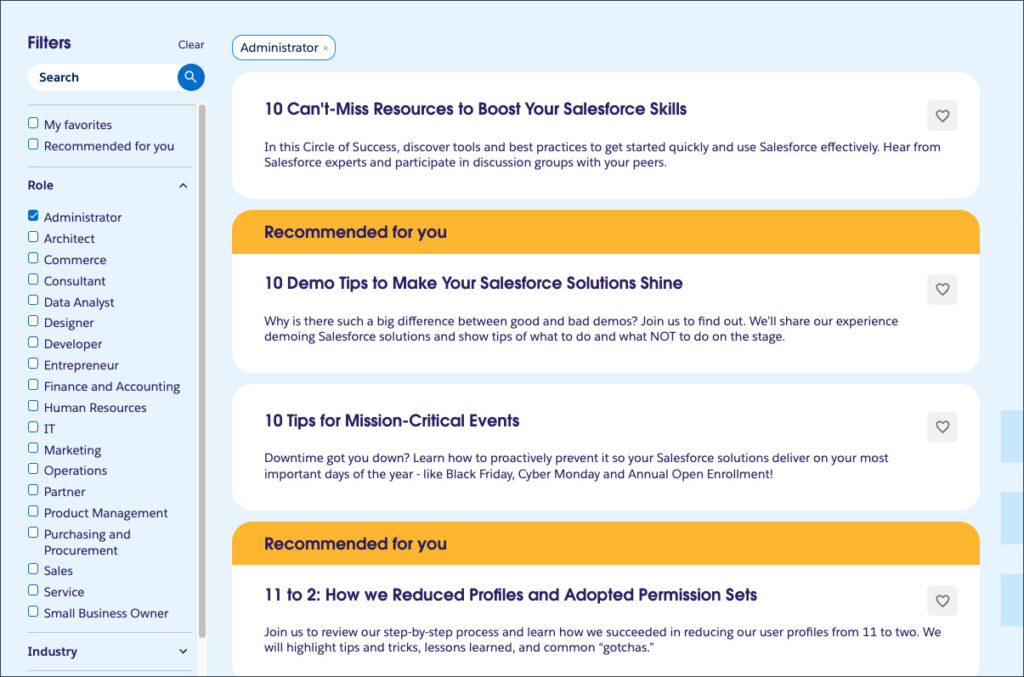Imagine an e-retailer struggling to personalize the online experience for its loyal in-store customers. With Salesforce Data Cloud’s Real-time Identity Resolution, as soon as an offline customer browses the website or mobile app using personal identifiers, their profile instantly merges with their in-store activities. This results in increased sales opportunities by presenting customers with relevant product recommendations and promotions, and improved customer satisfaction & loyalty through a seamless, personalized experience across all channels.
In this post, we’ll explore how real-time identity resolution works behind the scenes, how it differs from batch processing, and how it can integrate with Agentforce to improve customer interactions.
Realize Customer 360 in Real-Time
Real-time identity resolution is the process of identifying and merging customer records across various interactions as soon as a customer engages with your platform. This unified view is packed into a Data Graph (DG) containing all relevant customer data and engagements across channels, providing a complete view of each individual.
For instance, when a loyal in-store customer anonymously visits the retailer’s website, real-time identity resolution applies the business’s predefined matching rules (such as email address, phone number, Customer Id and other Ids such as loyalty card Id) to merge their current browsing session with their in-store purchase history. This allows for uninterrupted personalization, based on recent and past customer interactions with the brand.
Without identity resolution, companies often have fragmented views of their customers. A customer may browse products online today, but recognizing them as a frequent in-store shopper is key to offering personalized recommendations based on their previous purchases and preferences. With Salesforce’s Real-time Identity Resolution, a company can quickly merge fragmented customer Identities across channels to create a real-time 360 degree customer view, here are some of the other use cases:
- Cross-Channel Identity Matching: A family entertainment company merges customer profiles across adventure parks, hotels, resorts, and online booking platforms.
- Enterprise-Wide Identity Resolution: A financial institution links a customer’s profiles across credit, investment, and forex products, ensuring a cohesive experience across its offerings.
Agentforce: Enhancing Customer Interactions
Agentforce leverages the same real-time identity resolution infrastructure to provide customer service agents with unified customer profiles, enabling them to deliver more personalized and efficient support. Here’s how Agentforce integrates with identity resolution:
- Immediate Customer Recognition: When a customer initiates a chat, logs into a support portal, or calls an agent, real-time identity resolution links their identity to existing records, ensuring the agent has a complete view of past interactions.
- Personalized Assistance: By accessing a customer’s historical purchases, preferences, and support history, agents can offer tailored recommendations and faster issue resolution.
- Proactive Engagement: If a customer has an unresolved support ticket or recently browsed a product online, Agentforce can surface relevant insights to the agent in real-time, ensuring a smooth and proactive support experience.
Real-time Identity Resolution on Agentforce example
Imagine Jordan, a longtime banking customer with multiple products—checking accounts, a credit card, and an active mortgage. One afternoon, Jordan calls the support line after noticing an unfamiliar charge on his credit card statement. Real-time identity resolution instantly recognizes Jordan’s phone number, matches it to his unified financial profile, and displays his account history to the agent. With Agentforce:
- The agent sees Jordan’s recent credit card transactions, verifying that the suspicious charge isn’t part of his usual spending patterns.
- A fraud alert recommendation pops up in the agent’s console based on real-time analytics correlating unusual spending behavior.
- The agent proactively addresses these security concerns, assisting Jordan in disputing the charge and suggesting a credit card with enhanced fraud protection.
This experience leaves Jordan feeling both supported and secure, illustrating how Agentforce and real-time identity resolution combine to provide superior customer care in financial services. By combining real-time identity resolution with Agentforce, businesses can bridge gaps between sales, service, and marketing, creating a unified and enriched customer engagement strategy.
A look behind the scenes
Data Cloud’s Unified Profile is a Key Ring
- Every Unified Profile has a Unified ID (UID)
- The UID is the Key Ring’s Unique Identifier
- Each UID represents a set of Keys that have been linked together via Match Rules
- Keys can be added & removed from my Key Ring
- Keys can be moved to someone else’s Key Ring
High level data flow:
Above is a high-level view of the data ingestion process in the real-time service. To better understand how real-time identity resolution works in practice, let’s walk through the loyalty card example:
1. Web request from web or mobile API
An incoming request from the Web or Mobile SDK contains a device ID and a loyalty number.
{
"device": "123",
"loyalty_id": "abc"
}2. Transform request to the DMO schema
Once the request enters the Data Cloud real-time service, the ingested input is transformed into the Standard Data Model Objects (DMO) fields that are mapped to this data source. A lookup by ID for the real-time DG also occurs or a new one is created if one does not exist. The transformed input is:
{
"Individual__dlm": {
"Id__c": "123",
},
"PartyIdentification__dlm": {
"IdentificationNumber__c": "abc"
}
}The DG contains profile, engagement and calculated insight information associated with this unified profile.
3. Match using Identity Resolution Match Policy
The system searches for matching Data Graphs using customer-defined match rules. In this example, the rules are:
- Match on the loyalty ID which is mapped to the Party Identification DMO Identification Number field.The Party Identification DMO allows customers to match on external identifiers, like a driver’s license number.
If a DG with the matching Identification Number of “abc” matches a different DG, then the two DGs will merge, meaning all the profile information and engagement data will join.
4. Merged Data Graph The system merges the new information with the existing Data Graph:
- Engagement data from both DGs are unioned together
- Reconciliation rules defined by the customer are applied to resolve any conflicts
This merged Data Graph is stored and is accessible to the real-time API. This whole interaction occurs in less than 100 milliseconds.
Comparing Batch Processing and Real-time Identity Resolution
Real-time identity resolution operates under different constraints compared to batch processing. In a real-time context, the system handles data as it flows in from web or mobile SDKs, focusing on the speed at which a Unified DG is updated.
Real-time runtime evaluates customer-driven data that requires instant processing while users await content. The system can still match these records against existing data in the Lakehouse, such as Salesforce Data Sources.
Here’s a side-by-side comparison of batch processing and real-time identity resolution:
| Aspect | Batch Processing | Real-time Processing |
|---|---|---|
| Latency | Processes large volumes of records | Results available in milliseconds |
| Schedule | With a large number of changes, multiple times a day. For a small number of changes, once an hour | Instantaneous for Web/Mobile SDK. Other data sources are refreshed from the Lakehouse multiple times a day. |
| Data Sources | Profile DMOs, external data lakes | Web and Mobile SDK data mapped to Profile DMOs |
| Match Rules | Fuzzy, normalized, and exact matching | Evaluates fuzzy match rules as an exact match (Normalized Phone & Email support in Spring 2025) |
| Primary Use Cases | Deep data analysis, profile unification | Real-time personalization, immediate customer recognition |
A Dive Deeper into the Matching Other Profile DMOs
Data arriving by the Web or Mobile SDK can match itself, and data from the Lakehouse in milliseconds. However, the freshness of the data not originating from the web and mobile SDK will not be known by the real-time runtime until multiple steps have occurred sequentially:
Let’s break down each step of this process:
- Ingest Data (Minutes): This initial step involves ingesting data into the Lakehouse or receiving it from an External Data Lake Object. This process typically takes only minutes to complete.
- Identity Resolution Batch Processing (Hourly): Once the data is ingested, the system performs batch processing on the changed records. This step runs on an hourly basis, ensuring regular updates to the identity resolution data.
- Data Graph Rebuild (Multiple times per day): After the batch processing is complete, the Data Graph (DG) is rebuilt. This rebuild incorporates the changed Unified DMOs, Calculated Insights, and Engagement DMOs. This process occurs multiple times throughout the day to keep the Data Graph current.
- Real-Time Index Store Update (Multiple times per day): The final step in the process is updating the real-time index store with keyring and match information. Like the Data Graph rebuild, this also happens multiple times per day, ensuring that the most up-to-date information is available for real-time identity resolution queries.
Since multiple steps must occur, it can take hours before the customer matches these data sources.
Salesforce Data Cloud’s Real-time Identity Resolution instantly merges customer activities into a unified profile using predefined matching rules, enabling immediate personalized experiences. Unlike traditional batch processing, this real-time approach ensures continuously updated customer profiles, significantly improving interactions and enhancing customer service, especially when leveraged through Agentforce.
Visit help page to learn more about Real-Time Identity Resolution



